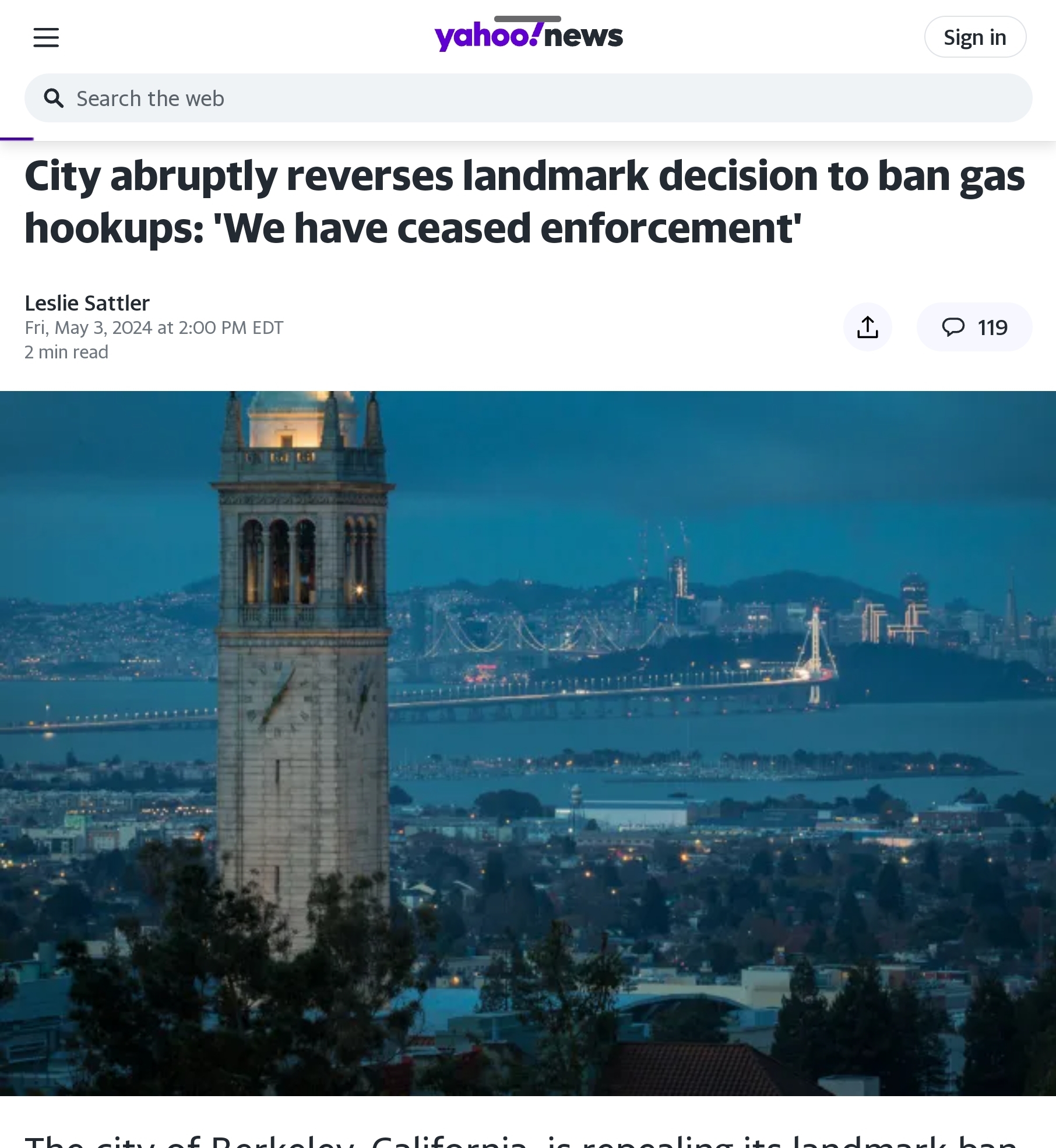By Paul Homewood
Every year it seems we get a new study linking cold winters to global warming and “melting” Arctic ice.
Only last month I debunked the latest attempt, and I assumed this must be the same study. Turned out I was wrong!
This is what Unscientific American has to say about the latest paper:
The polar vortex in recent years has brought the kind of miserable cold to northern states that made it hard to breathe outside. We’re probably in for more of the same.
That’s the finding of a new study published yesterday in the journal Nature that finds that as the Arctic warms, it is shifting the polar vortex to Europe. That in turn will bring more bursts of frigid cold to North America.
Those temperature drops could lead to miserable days in February and March, the research finds. Conversely, those drops in temperature could offset some of global warming’s effect in those regions, said Martyn Chipperfield, professor of atmospheric chemistry at the University of Leeds and a co-author of the paper.
“Climate change can lead to extremes; it’s not like a regular change, everyone to the same extent at all times and places,” he said. “Despite the overall warming, you can get in places like the Northeastern U.S. extreme cold events. That’s consistent with climate change and global warming.”
The polar vortex is a fast-moving band of air that encircles the frigid Arctic in winter months and traps it there. Its movement is part of a decades long change.
The polar vortex has actually “shifted persistently” away from North America and into Europe and Asia over the last 30 years, researchers found. That results in cooling over North America but warmer winters in Europe.
As global warming decreases sea ice, the sun’s warmth absorbed by the ocean is instead released from the ocean for a longer period of time, which disrupts the vortex.
When the vortex weakens, a growing number of climate scientists argue, the cold Arctic air migrates to lower latitudes, as happened in early 2014 and 2015. The sudden and somewhat prolonged burst of cold broke pipes and water mains and more than doubled energy bills in places like New York and New England as it wreaked havoc across a wide swath of the country.
The full paper is here.
So let’s see what NOAA are reporting for winter temperatures in the US Northeast:
No sign of winters getting colder in the last 30 years, is there?
Now, of course, these temperatures have been heavily adjusted by NOAA, so it might be that these endless studies are right, and NOAA’s temperature record is worthless. I think we have a right to know.
Of course, seasonal averages only tell us so much; maybe cold spells are being disguised by warm ones in the overall average.
The USHCN station at Elmira has one of the longest running datasets in New York, and below is the whisker plot of daily mean temperatures for each year. There is absolutely no evidence that extreme cold days are on the increase, or getting colder, there. Or the opposite for that matter.
What is very noticeable, however, is that winter days tended to be much milder in the 1920s and 30s.
While we’re at it, we might as well debunk the myth that snowfall has been increasing:








